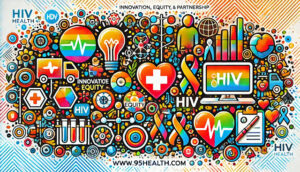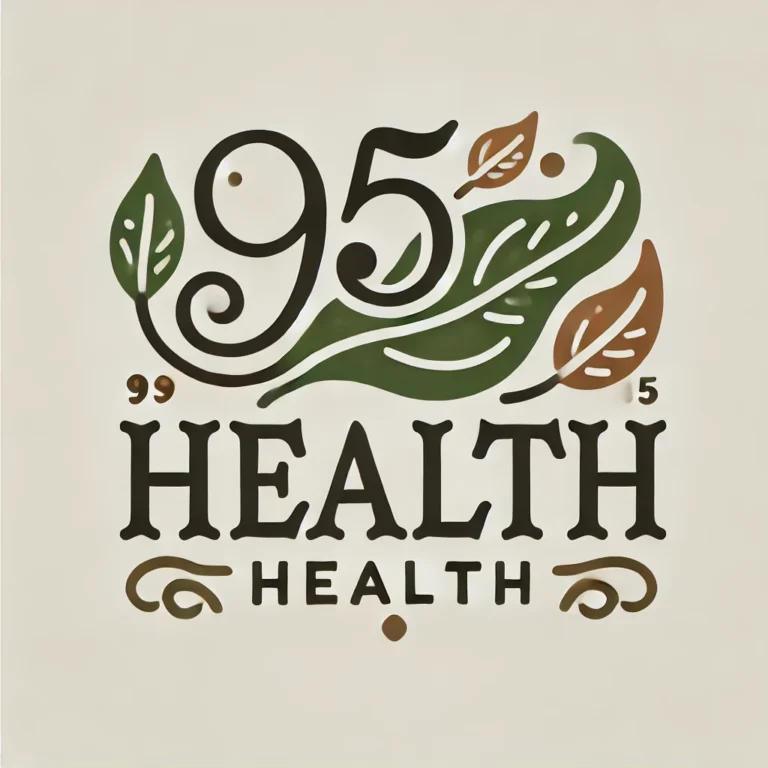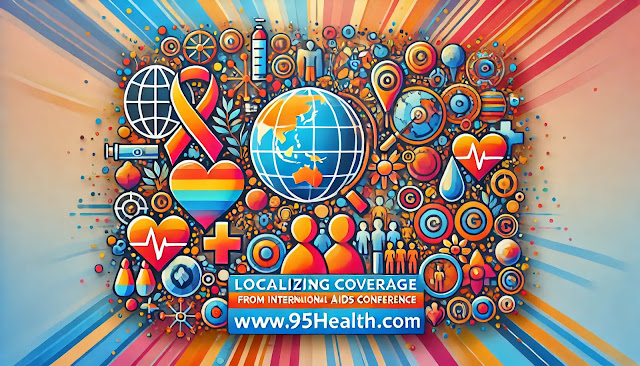Innovation, Equity, and Partnership: Key to Ending the HIV Epidemic
As the fight against HIV/AIDS enters a new era, the emphasis on innovation, equity, and partnerships is more crucial than ever. The goal to end the HIV epidemic in the United States by 2030 is ambitious but achievable through coordinated efforts and strategic initiatives.
The Power of Innovation
Advancements in HIV prevention and treatment have revolutionized the fight against the epidemic. Innovative approaches like telehealth, self-testing, and same-day delivery of pre-exposure prophylaxis (PrEP) and treatment are breaking down barriers to care. These innovations are particularly vital in reaching underserved populations and those in rural areas who may not have easy access to traditional healthcare services.
Equity in Healthcare
Addressing health disparities is a cornerstone of the Ending the HIV Epidemic (EHE) initiative. The initiative recognizes that racial, ethnic, and geographic disparities have long contributed to gaps in HIV prevention and treatment. By focusing on these disparities and implementing policies that address the root causes—such as poverty, unequal access to healthcare, and systemic discrimination—the initiative aims to ensure that everyone, regardless of their background, has access to the resources they need.

Building Strong Partnerships
Partnerships between federal agencies, local health departments, community-based organizations, and private sectors are essential for the success of the EHE initiative. These collaborations help tailor interventions to local needs and leverage community strengths. The involvement of community-based organizations ensures that interventions are culturally appropriate and effectively reach those most at risk.
Funding and Resources
Significant funding has been allocated to support the EHE initiative. For fiscal year 2025, President Biden’s budget proposal includes $593 million to support continued scale-up and implementation. This funding supports various activities, including HIV care through the Ryan White HIV/AIDS Program, HIV testing, and prevention efforts through the Health Center Program, and research projects by the National Institutes of Health.
Community-Driven Solutions
Community-driven solutions are at the heart of the EHE initiative. Local jurisdictions have developed plans to increase access to HIV self-tests, expand telemedicine services, connect people to PrEP, and establish syringe services programs where legal. These locally tailored strategies are crucial for meeting the unique needs of different communities across the country.
The journey to end the HIV epidemic in the United States is a complex and challenging one, but it is possible with a focused effort on innovation, equity, and partnerships. By continuing to invest in these areas, we can move closer to a future where HIV is no longer a public health threat.






